Berlin's Timeless Treasures Unveiled
Discover Berlin's rich history and vibrant culture on this engaging free walking tour through iconic landmarks and hidden gems.
Time
3 Hours
Stops
9 Places
Distance
5.3 km
Brandenburg Gate (Brandenburger Tor)
Start your journey at the iconic Brandenburg Gate, a symbol of peace and unity, and one of the most famous landmarks in Berlin.

Brandenburg Gate (Brandenburger Tor) (Source: Google Maps)
The Brandenburg Gate is an iconic neoclassical monument that has stood since the 18th century, symbolizing peace and unity. Originally commissioned by King Frederick William II of Prussia, it was designed by architect Carl Gotthard Langhans and completed in 1791. The gate features 12 Doric columns and is crowned by the Quadriga, a chariot drawn by four horses, representing victory. Historically, it has witnessed significant events, including Napoleon's march into Berlin and the fall of the Berlin Wall, making it a powerful emblem of Germany's turbulent history and reunification.
Reichstag Building (Reichstagsgebäude)
Just a short walk from the Brandenburg Gate, visit the Reichstag, the seat of the German Parliament, and admire its impressive glass dome designed by architect Norman Foster.
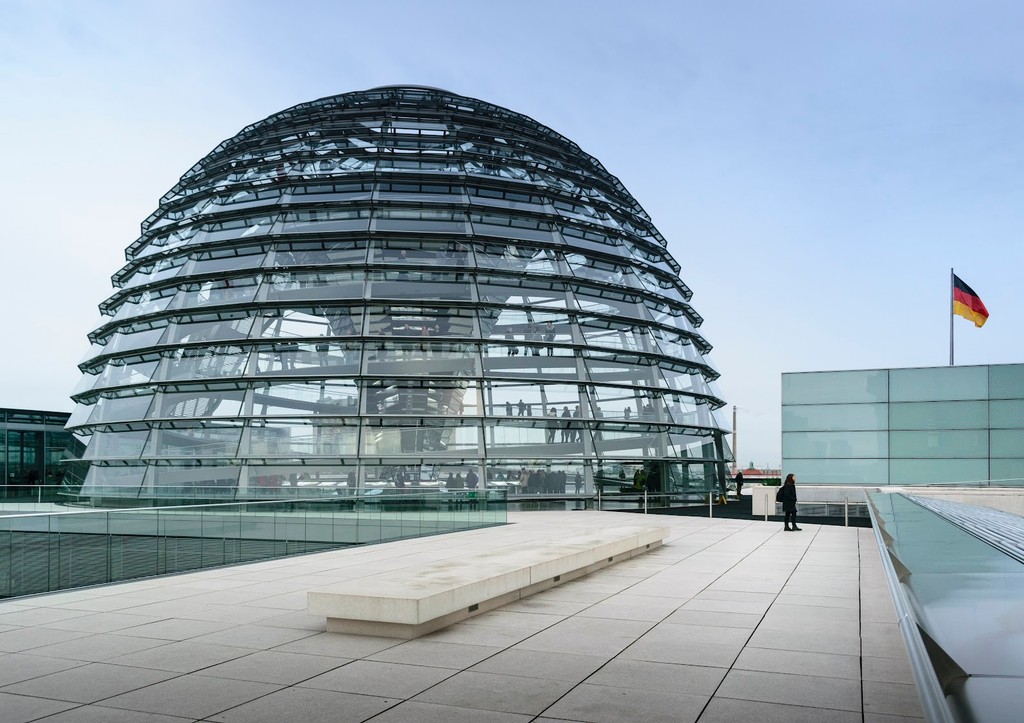
Reichstag Building (Reichstagsgebäude) (Source: Google Maps)
The Reichstag Building, completed in 1894, serves as the seat of the German Parliament (Bundestag). Its striking architecture features a blend of neoclassical and modern elements, highlighted by the iconic glass dome designed by architect Norman Foster, which was completed in 1999. The dome symbolizes transparency in government and offers visitors panoramic views of Berlin. The building has a rich history, having been the site of pivotal events such as the Reichstag Fire in 1933, which led to the rise of the Nazi regime. Today, it stands as a testament to democracy and is a must-visit landmark.
Memorial to the Murdered Jews of Europe (Holocaust Memorial)
Experience the somber and powerful Holocaust Memorial, consisting of 2,711 concrete slabs, designed to evoke reflection and remembrance.
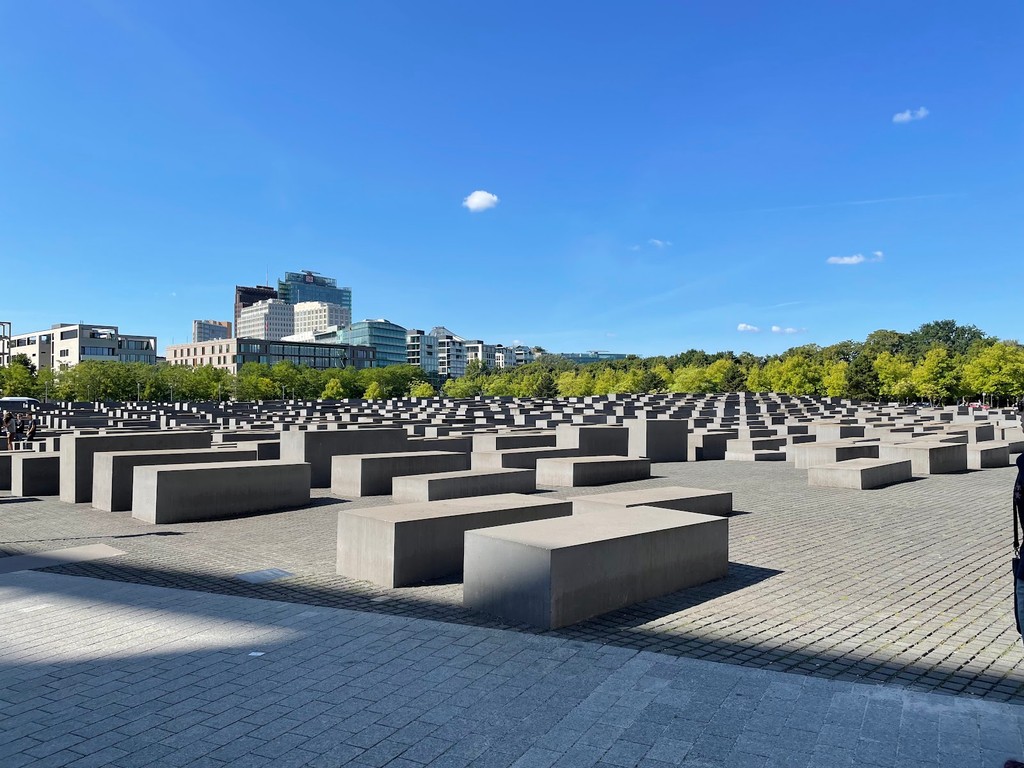
Memorial to the Murdered Jews of Europe (Holocaust Memorial) (Source: Google Maps)
Designed by architect Peter Eisenman and completed in 2005, the Memorial to the Murdered Jews of Europe is a poignant tribute to the victims of the Holocaust. The site consists of 2,711 concrete slabs of varying heights, arranged in a grid pattern, creating a disorienting and reflective environment. The memorial encourages visitors to contemplate the magnitude of loss and serves as a reminder of the atrocities committed during World War II. Beneath the memorial lies an information center that provides historical context and personal stories of Holocaust victims, enhancing the memorial's significance.
Potsdamer Platz
Head to Potsdamer Platz, a bustling square known for its modern architecture and historical significance as a former no-man's land during the Cold War.
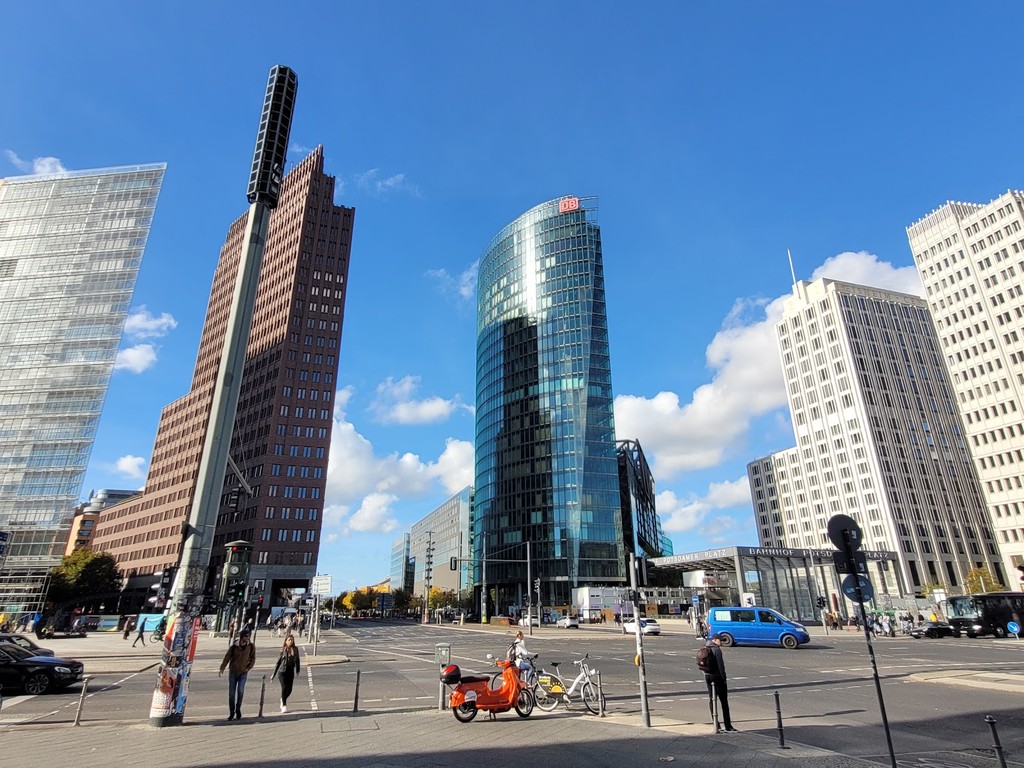
Potsdamer Platz (Source: Google Maps)
Potsdamer Platz, once a bustling square in pre-war Berlin, was transformed into a wasteland during World War II and became a no-man's land during the Cold War. Following reunification, it underwent significant redevelopment and is now a vibrant hub of modern architecture, entertainment, and commerce. The square features iconic buildings such as the Sony Center and the Deutsche Bahn headquarters, showcasing innovative design. It also hosts cultural events, festivals, and a variety of shops and restaurants, making it a lively destination that represents Berlin's dynamic spirit and resilience.
Topography of Terror
Visit the Topography of Terror, an outdoor and indoor history museum located on the site of the former Gestapo and SS headquarters.

Topography of Terror (Source: Google Maps)
Situated on the site of the former Gestapo and SS headquarters, the Topography of Terror is an outdoor and indoor museum that documents the history of the Nazi regime. Opened in 2010, the museum features a permanent exhibition detailing the institutions of terror and their impact on society. Visitors can explore the extensive outdoor exhibition, which includes remnants of the Berlin Wall and the foundations of the Gestapo headquarters. The museum serves as an educational resource, fostering remembrance and understanding of the horrors of the Holocaust and the importance of tolerance and human rights.
Checkpoint Charlie
Continue to Checkpoint Charlie, the most famous crossing point between East and West Berlin during the Cold War, now a museum and historical site.
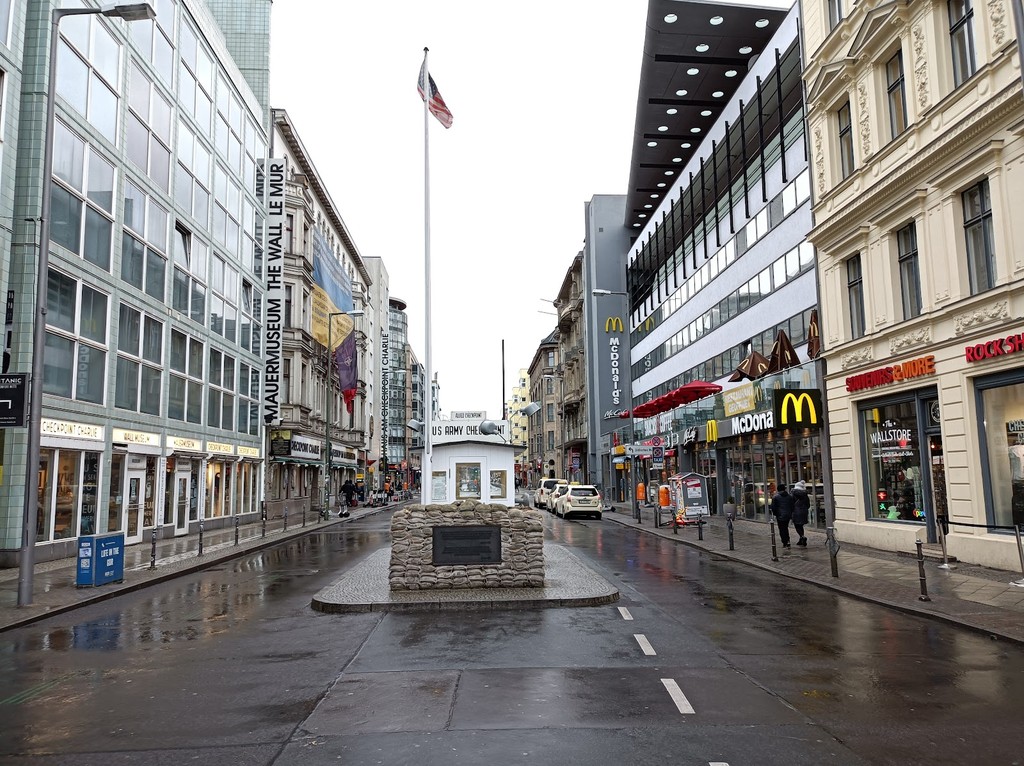
Checkpoint Charlie (Source: Google Maps)
Checkpoint Charlie was the most famous crossing point between East and West Berlin during the Cold War, symbolizing the division of the city. Established in 1961, it became a focal point for espionage and international tensions. Today, it features a replica of the original guardhouse and informative displays detailing its historical significance. The nearby museum provides insights into the lives of those who attempted to escape from East to West Berlin, showcasing their courage and the complexities of life during the Cold War. Checkpoint Charlie remains a powerful reminder of Berlin's divided past.
Gendarmenmarkt
Stroll through Gendarmenmarkt, one of Berlin's most beautiful squares, featuring the German and French Cathedrals and the concert hall.
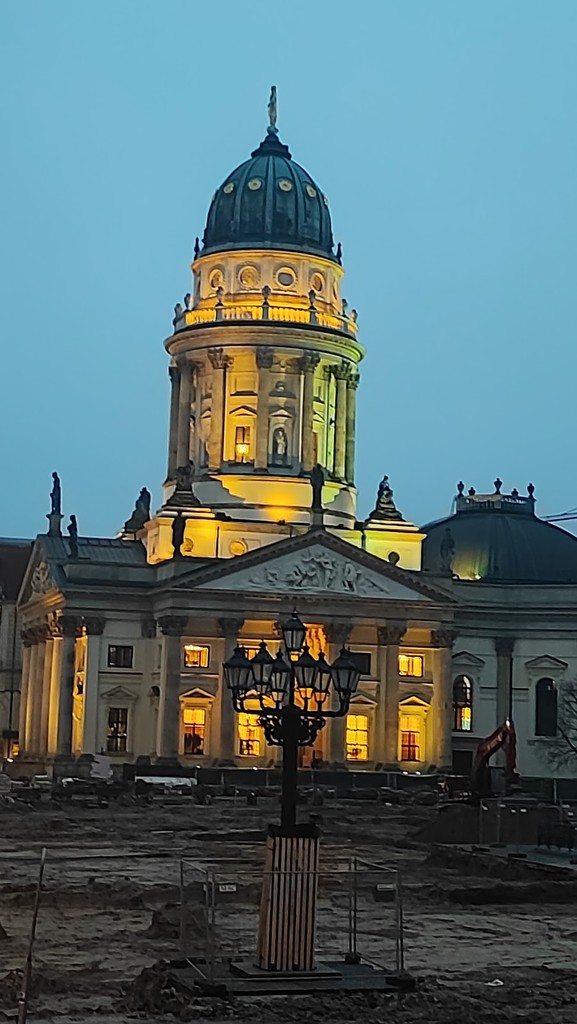
Gendarmenmarkt (Source: Google Maps)
Gendarmenmarkt is considered one of Berlin's most beautiful squares, renowned for its stunning architecture and cultural significance. Designed in the late 17th century, the square is flanked by the German Cathedral, French Cathedral, and the Konzerthaus (Concert Hall). The German Cathedral, completed in 1708, features a distinctive dome, while the French Cathedral showcases a similar design, reflecting the city's diverse cultural heritage. The Konzerthaus, built in the late 18th century, is a prominent concert venue. Gendarmenmarkt hosts various events, including Christmas markets and open-air concerts, making it a vibrant cultural hub.
Bebelplatz
Explore Bebelplatz, known for the infamous Nazi book burning in 1933, and home to the beautiful State Opera House and St. Hedwig’s Cathedral.
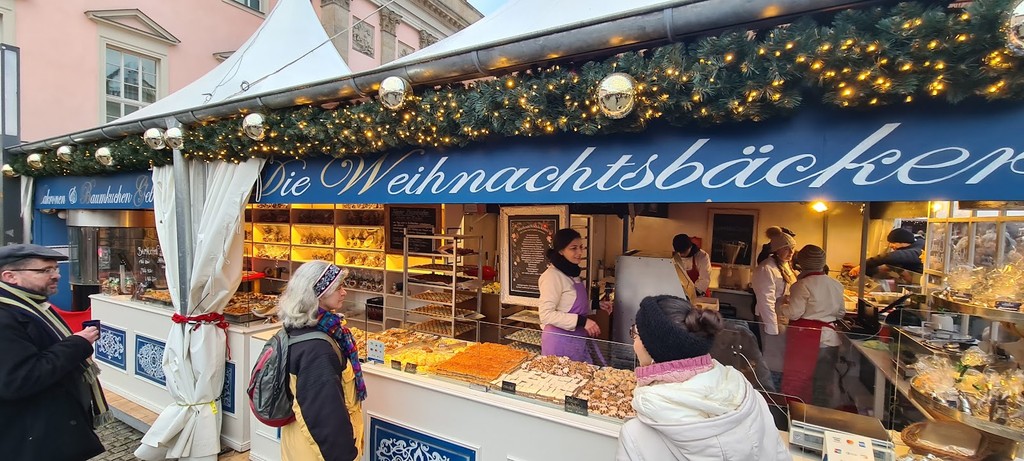
Bebelplatz (Source: Google Maps)
Bebelplatz is a historically significant square located in the heart of Berlin, known for the infamous Nazi book burning that took place on May 10, 1933. The square is flanked by notable buildings, including the State Opera House and St. Hedwig’s Cathedral. A memorial to the book burning, designed by Micha Ullman, features a glass plate set into the ground, revealing empty shelves beneath, symbolizing the loss of literature and knowledge. Bebelplatz has become a site for reflection on freedom of expression and the dangers of censorship, making it an important cultural landmark.
Museum Island (Museumsinsel)
Conclude your tour with a visit to Museum Island, a UNESCO World Heritage site, which houses five of Berlin's most important museums, showcasing art and artifacts from around the world.
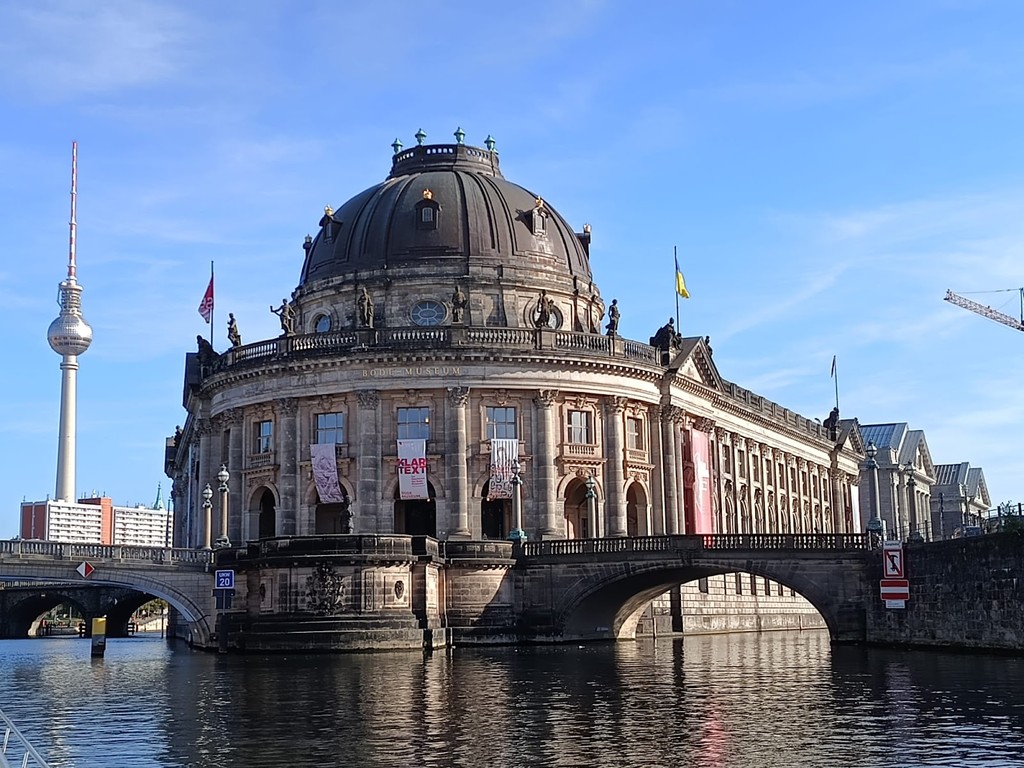
Museum Island (Museumsinsel) (Source: Google Maps)
Museum Island, a UNESCO World Heritage site, is home to five of Berlin's most important museums: the Altes Museum, Neues Museum, Alte Nationalgalerie, Bode Museum, and Pergamon Museum. Located on the Spree River, the island showcases an impressive collection of art and artifacts spanning thousands of years. The Altes Museum, designed by Karl Friedrich Schinkel, houses classical antiquities, while the Pergamon Museum features monumental reconstructions of ancient architecture. The museums collectively highlight Berlin's role as a cultural capital and attract millions of visitors annually, making it a must-visit destination for art and history enthusiasts.

Your travels, your rules.
Create your own Free Walking Tours.
Set your preferences, distances and anything you want to do or see.
Completely free, no payment required.